Waternish Wonders: Exploring Loch Bay and the Storied Lands of Skye

In the northwest corner of the Isle of Skye lies Waternish—a quiet, windswept peninsula that feels like a secret whispered by the sea. In August 2019, I started exploring this enchanting stretch of land, and it quickly became one of the most memorable parts of my Highland journey. From the serene waters of Loch Bay to the haunting ruins of Trumpan, Waternish is a place where history, nature, and myth converge.
🌊 Loch Bay: A Tranquil Gateway
Loch Bay, despite its name, is a sea loch rather than a traditional bay, and it forms the western boundary of the Waternish peninsula. Its calm waters reflect the shifting skies and offer views of nearby islands—Isay, Mingay, and Clett—that help shelter the loch from the open sea. The village of Stein, nestled along its shore, is one of the oldest planned settlements on Skye and home to the renowned Stein Inn, the island’s oldest pub.
Loch Bay is a haven for wildlife and sea lovers. Seals bask on rocky outcrops, seabirds wheel overhead, and the occasional dolphin or porpoise might break the surface. Whether you’re kayaking, walking the shoreline, or simply watching the sunset, the loch invites quiet reflection.
🏞️ The Waternish Peninsula: Crofts, Cliffs, and Celestial Skies
Waternish is the central of three peninsulas that jut into the Minch from Skye’s northwest coast. It’s dotted with crofting communities like Lusta, Halistra, Hallin, and Trumpan, each with its own charm and story. The road to Waternish crosses the Fairy Bridge—a small, disused stone bridge said to be haunted by fairies, setting the tone for the peninsula’s mystical allure.
The area is known for some of the best stargazing and sunset views in Scotland. With minimal light pollution and expansive western horizons, Waternish offers a nightly spectacle that rivals any planetarium.
🛡️ Clan History and the Tragedy of Trumpan
Historically, Waternish was held by Clan MacNeacail (MacNicol), who were later displaced by Clan MacLeod through a marriage alliance and subsequent takeover. The MacLeods, whose seat is nearby Dunvegan Castle, became the dominant clan in the region.
One of Waternish’s most poignant historical sites is Trumpan Church. In 1578, members of Clan MacDonald of Uist attacked the church, setting it ablaze while the congregation was inside. The MacLeods retaliated swiftly, killing the invaders as they tried to flee. The ruined church and its graveyard remain as silent witnesses to this brutal episode of clan warfare.
Waternish also felt the impact of the Highland Clearances, when crofting families were evicted to make way for sheep farming. The depopulation left scars on the land and its people, but today, there’s a sense of revival—many crofts have been restored, and the community thrives with artists, weavers, and small-scale farmers.
Waternish is not just a destination—it’s a revelation. It offers a quieter, more contemplative side of Skye, where every stone has a story and every sunset feels like a benediction. Whether you’re drawn by the history, the landscape, or the lure of Loch Bay, Waternish will leave its mark on your heart.
Sources:
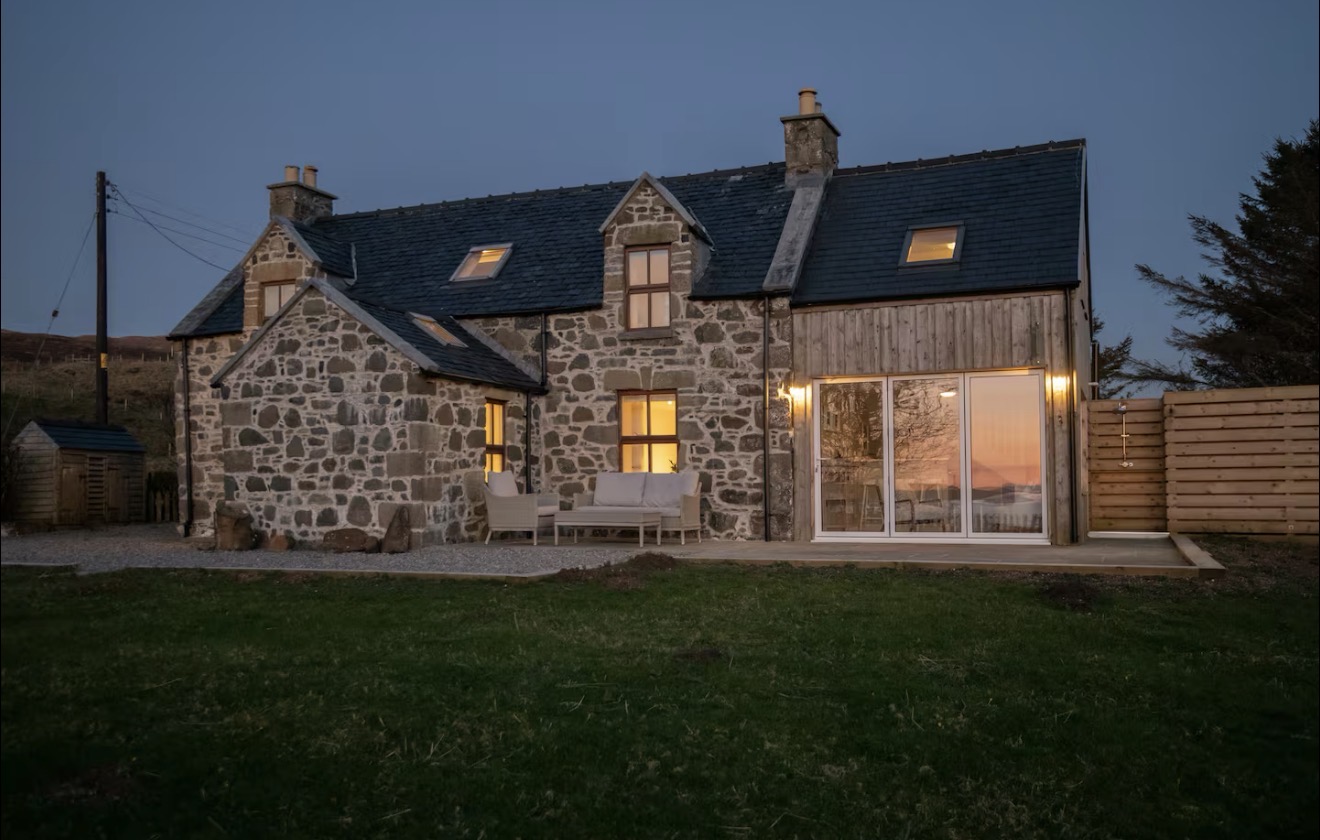
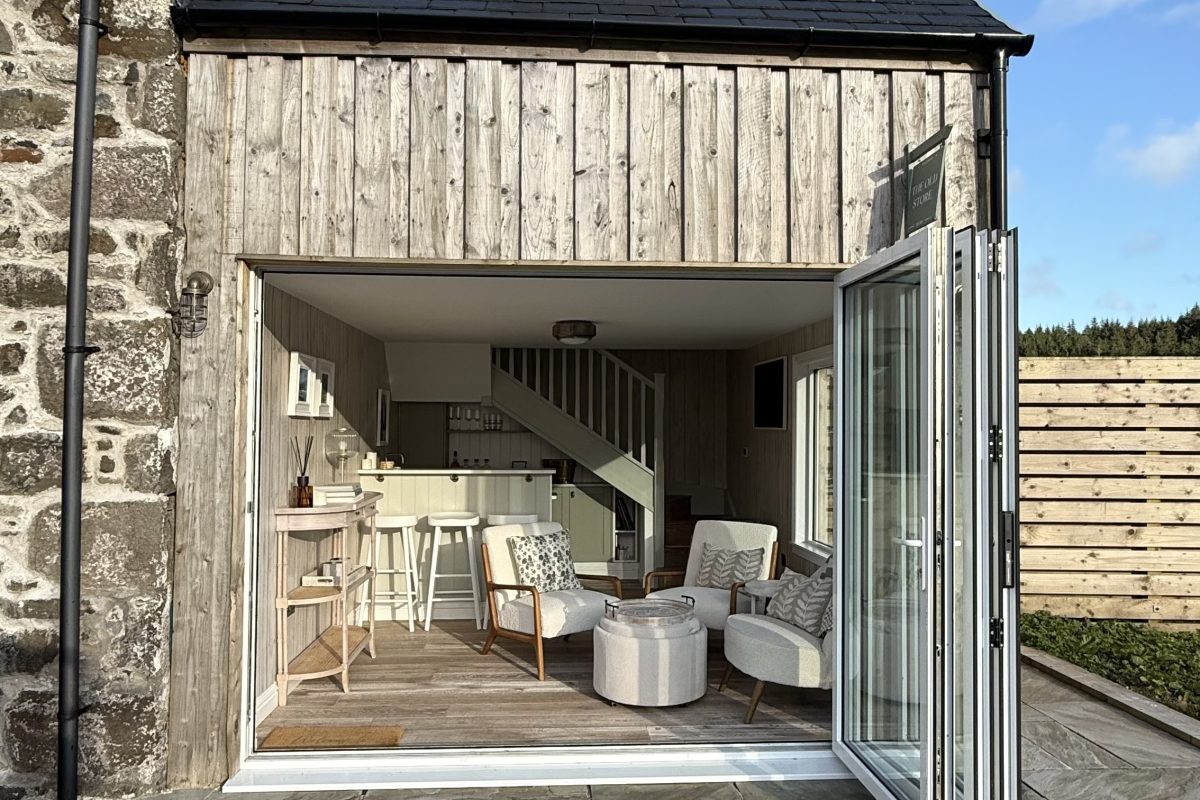
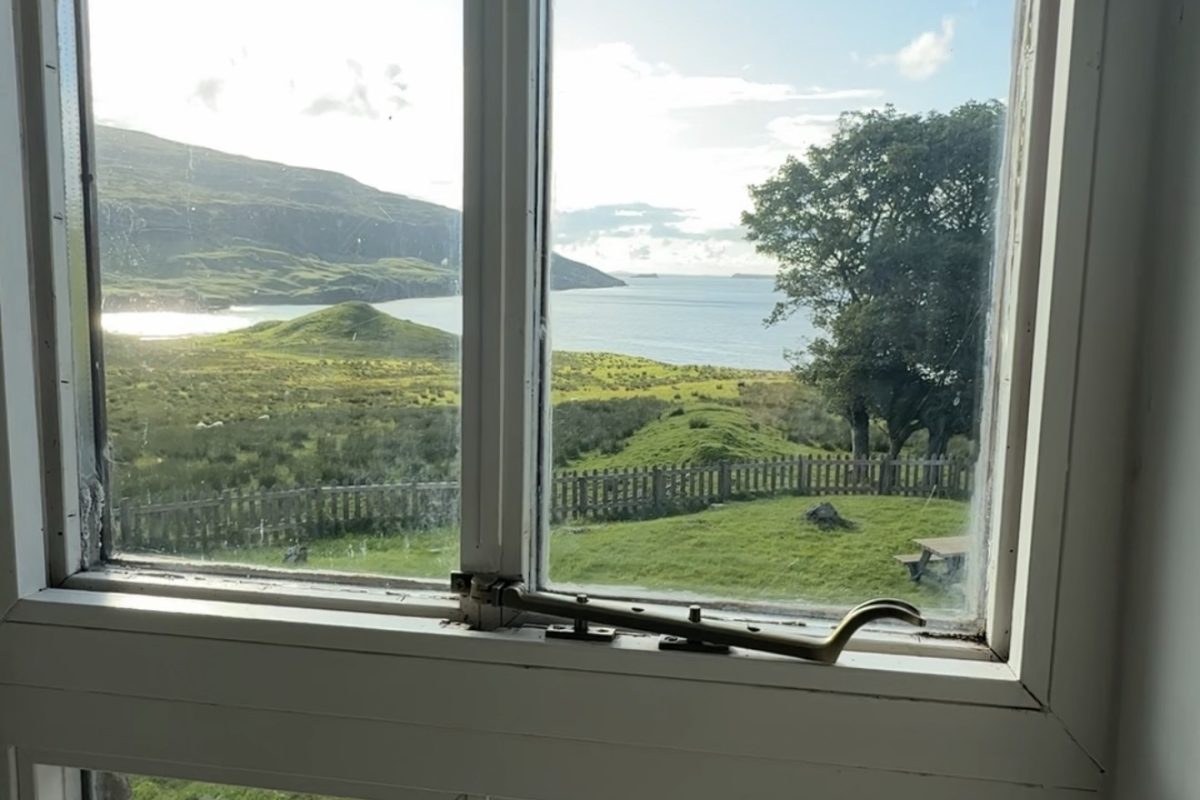
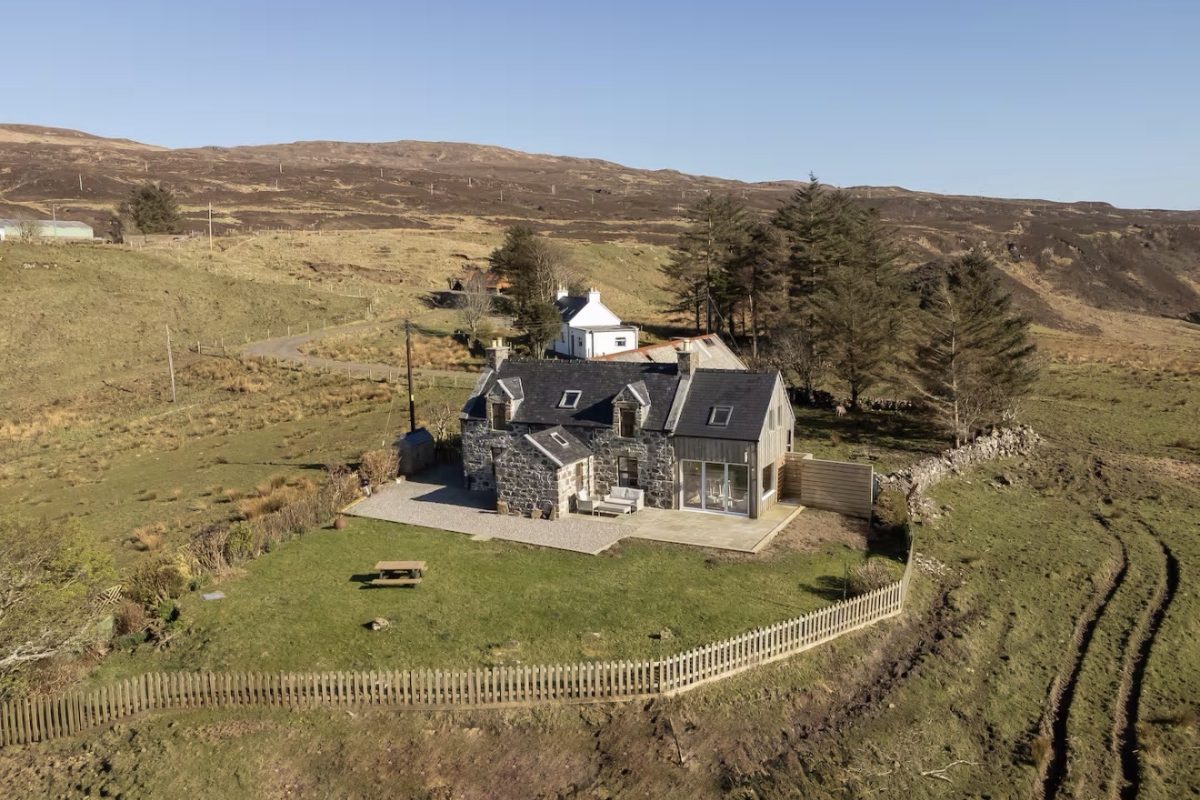
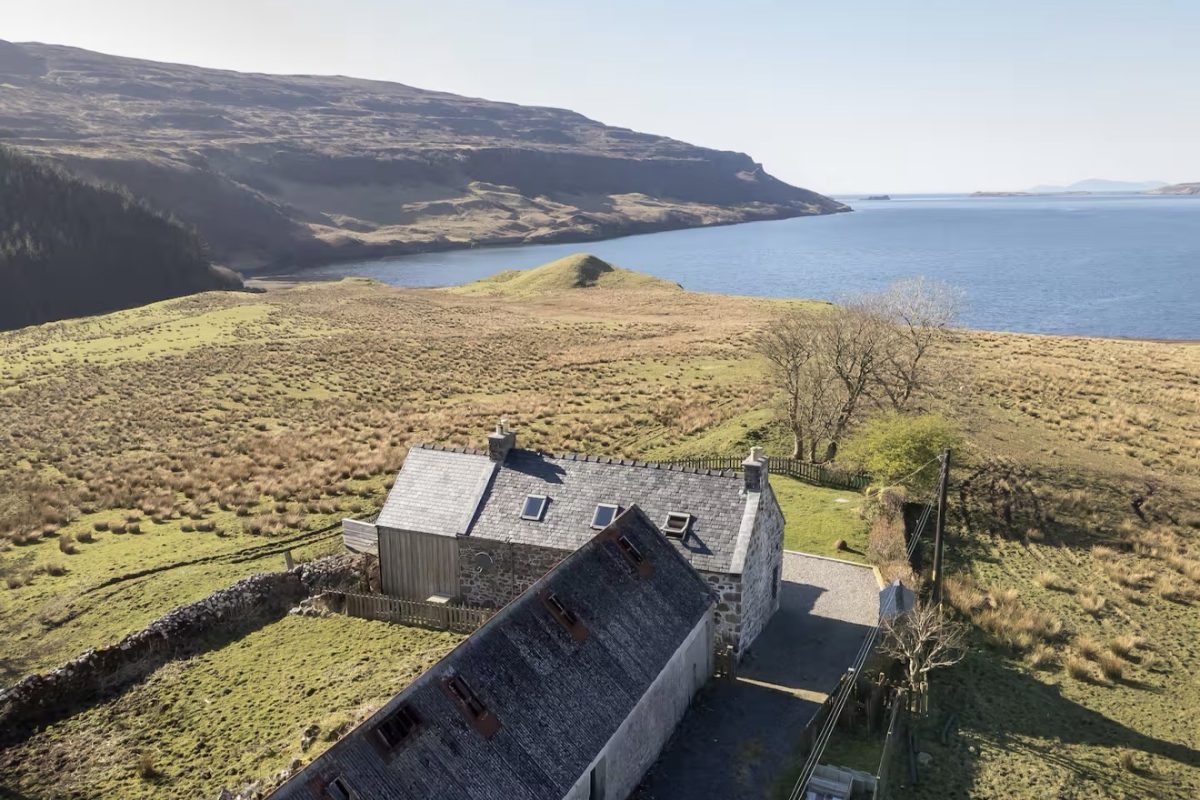
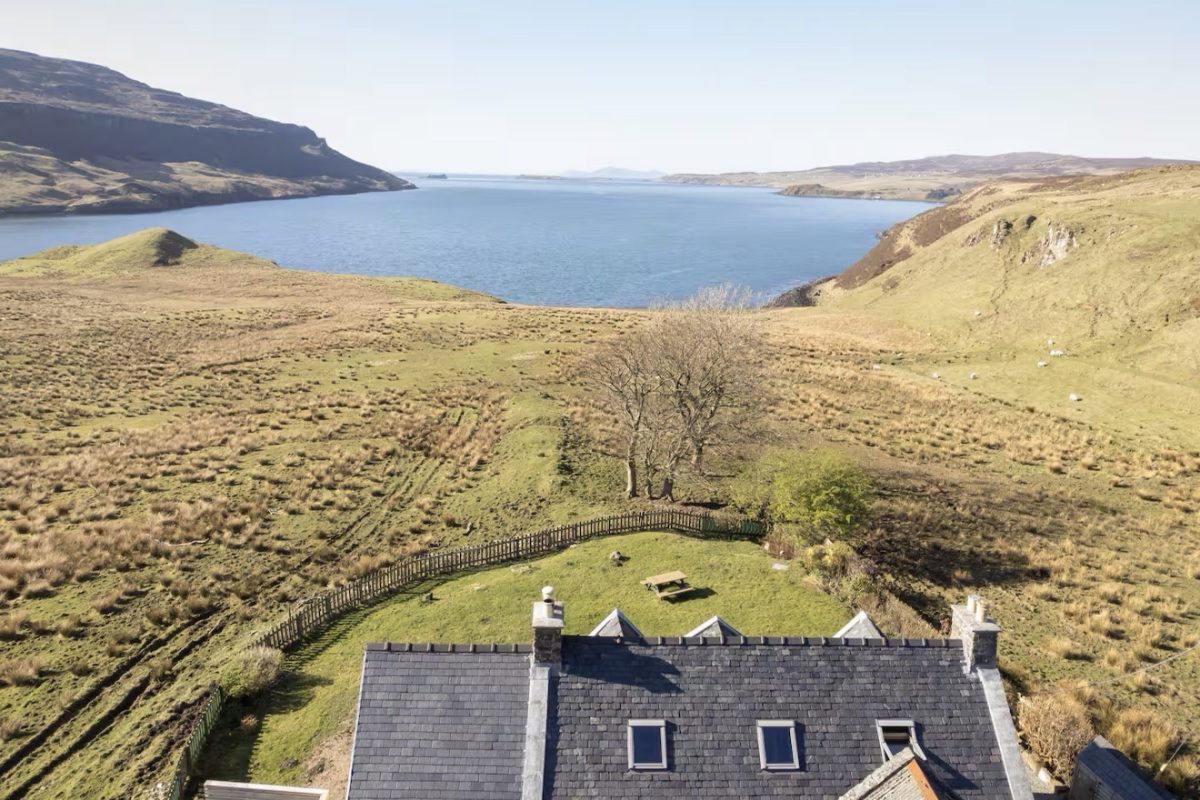
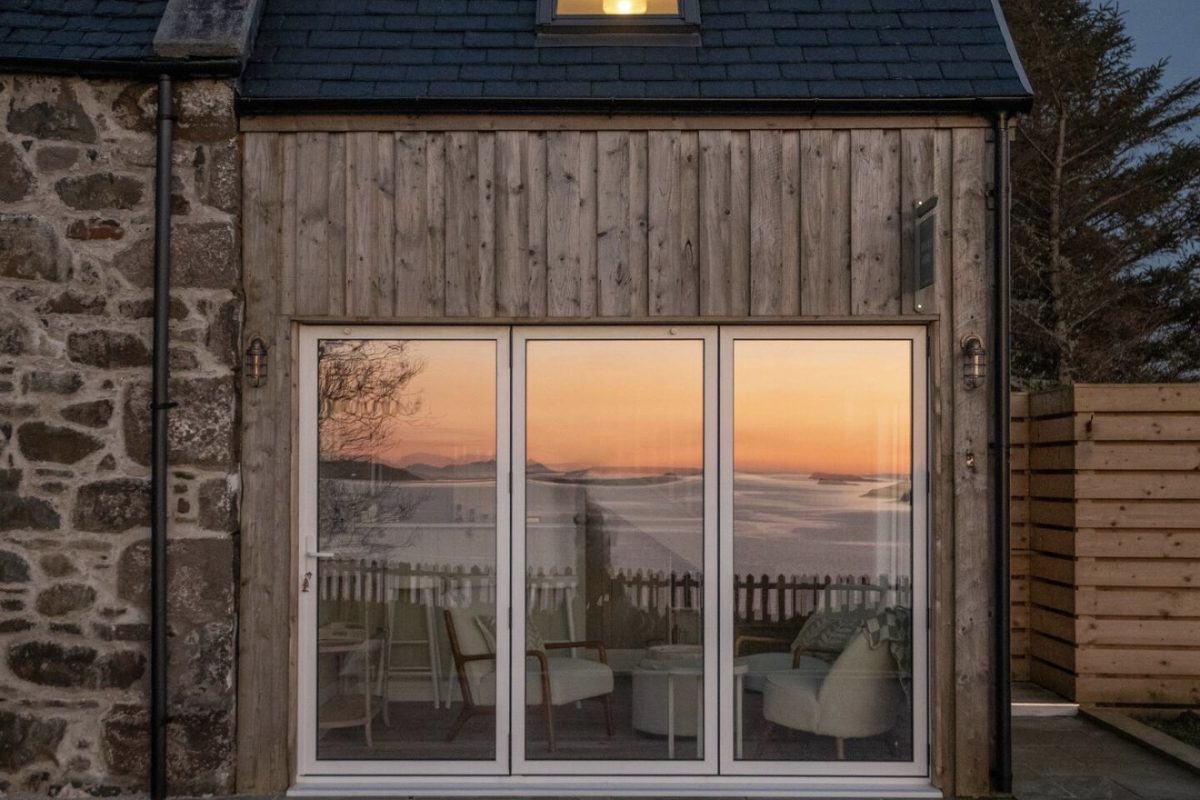
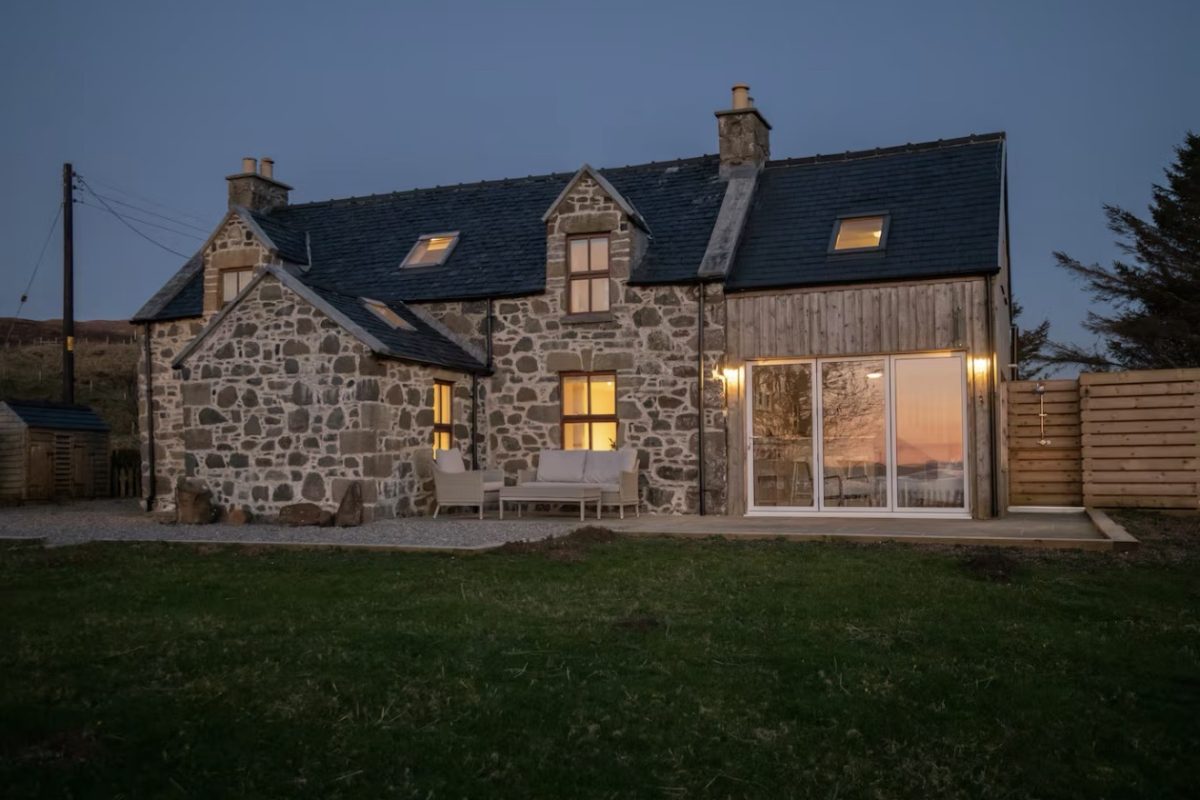


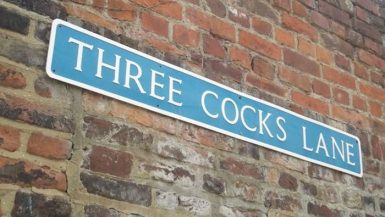
Leave a reply
You must be logged in to post a comment.